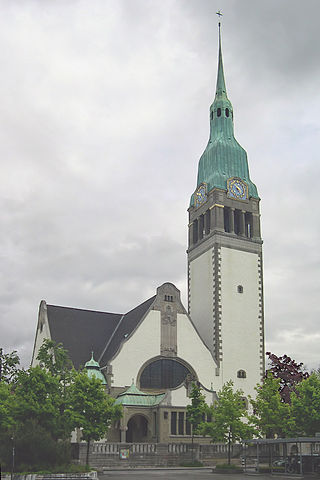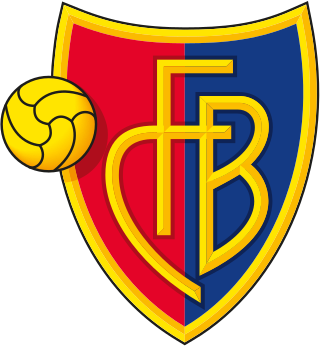
Fussball Club Basel 1893, widely known as FC Basel, FCB, or just Basel, is a Swiss professional football club based in Basel, in the Canton of Basel-Stadt. Formed in 1893, the club has been Swiss national champions 20 times, Swiss Cup winners 13 times, and Swiss League Cup winners once.

The Reichsbank was the central bank of the German Reich from its establishment in 1876 until liquidation in 1945.
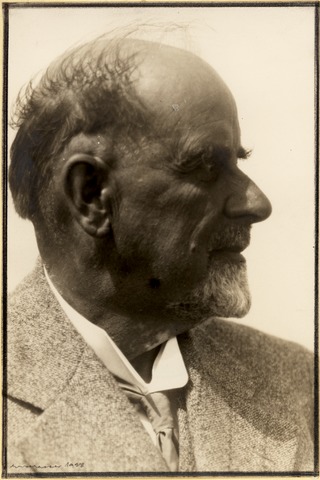
Karl Moser was an architect from Switzerland.
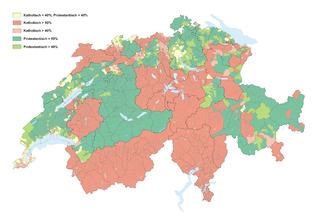
The Protestant Church in Switzerland (PCS), formerly named Federation of Swiss Protestant Churches until 31 December 2019, is a federation of 25 member churches – 24 cantonal churches and the Evangelical-Methodist Church of Switzerland. The PCS is not a church in a theological understanding, because every member is independent with their own theological and formal organisation. It serves as a legal umbrella before the federal government and represents the church in international relations. Except for the Evangelical-Methodist Church, which covers all of Switzerland, the member churches are restricted to a certain territory.
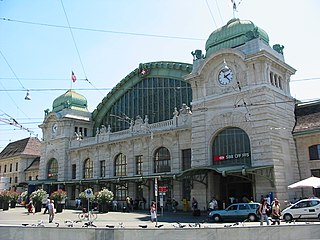
Basel SBB railway station is the central railway station in the city of Basel, Switzerland. Opened in 1854, and completely rebuilt in 1900–1907, it is Europe's busiest international border station. Basel SBB is owned by the Swiss Federal Railways (SBB CFF FFS). The other major railway station is Basel Badischer Bahnhof, operated by the German railway company Deutsche Bahn, on the north side of the Rhine from the city centre.

Basel Badischer Bahnhof is a railway station in the Swiss city of Basel 2 km south of the German border. Despite this location, its land is an enclave of the EU Customs Union with German rules applying to its rail traffic and infrastructure, the latter owned and operated by the respective German entities so that, for example, the station's clocks bear the "DB" logo of Deutsche Bahn. The station is the city's second-largest, the larger being Basel SBB railway station operated by the Swiss Federal Railways (SBB CFF FFS). Basel Bad is served by the tri-national Regio S-Bahn Basel and by long-distance trains to and from Freiburg, Offenburg, Karlsruhe, Mannheim, Frankfurt, Amsterdam, Hamburg, Berlin and other cities, and is listed as a Swiss Heritage Site of national significance.

The Kunsthaus Zürich is in terms of area the biggest art museum of Switzerland and houses one of the most important art collections in Switzerland, assembled over time by the local art association called Zürcher Kunstgesellschaft. The collection spans from the Middle Ages to contemporary art, with an emphasis on Swiss art.

Max Laeuger was a German architect, artist, and ceramicist. He was born and died in Lörrach, Baden-Württemberg.
Alfred Heinrich Pellegrini was a Swiss painter, illustrator and printmaker. Along with Heinrich Altherr, Paul Bodmer and Walter Clénin, he was one of the most prolific Swiss muralists of the first half of the twentieth century.

The SwissWomen's Super League is the highest-level league competition for women's football clubs in Switzerland. It was established in 1970.
Anton Aberle was a German–Swiss architect.
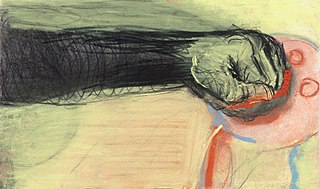
Miriam Cahn is a Swiss painter.
The architecture of Switzerland was influenced by its location astride major trade routes, along with diverse architectural traditions of the four national languages. Romans and later Italians brought their monumental and vernacular architecture north over the Alps, meeting the Germanic and German styles coming south and French influences coming east. Additionally, Swiss mercenary service brought architectural elements from other lands back to Switzerland. All the major styles including ancient Roman, Romanesque, Gothic, Renaissance, Baroque, Neoclassical, Art Nouveau, Modern architecture and Post Modern are well represented throughout the country. The founding of the Congrès International d'Architecture Moderne in La Sarraz and the work of Swiss-born modern architects such as Le Corbusier helped spread Modern architecture throughout the world.
The FC Basel 1907–08 season was their fifteenth season since the club was formed. The club's chairman was Dr. Siegfried Pfeiffer, it was his first presidential term. FC Basel played their home games in the Landhof.
The FC Basel 1912–13 season was their twentieth season since the club's foundation on 15 November 1893. The club's chairman was Ernst-Alfred Thalmann, all together it was his eleventh presidential term and his fifth season in succession. At the AGM Thalmann stood down and Karl Ibach took over. The club announced that to that point it had grown to have over 300 members at over half of them were active football players. FC Basel played their home games in the Landhof in the district Basel-Wettstein in Kleinbasel, Basel.
Art Nouveau temples are churches, chapels, synagogues, and mosques built in the style known as Art Nouveau in French and English languages, Jugendstil in Germany and Nordic countries, Secessionsstil in countries of former Austro-Hungary, Modernisme in Catalan, Modern in Russian, Stile Liberty or Stile Floreale in Italian. As National Romantic style is also referred to Art Nouveau, churches of that style are also listed here, as well as some temples not of pure Art Nouveau style but with distinctive Art Nouveau features.
Hans Richard Curjel was a Swiss art historian, conductor and theatre director.

Curjel and Moser was an architectural firm set up by Robert Curjel and Karl Moser in 1888 in Karlsruhe, Germany. They designed about 400 buildings in Germany and Switzerland. In 1915, following the start of the World War I, the firm was dissolved and Moser became professor at ETH Zurich. Many of the office's surviving buildings are now listed monuments. In Karlsruhe-Knielingen, Curjel-und-Moser-Strasse was named after the architects in 2008.










